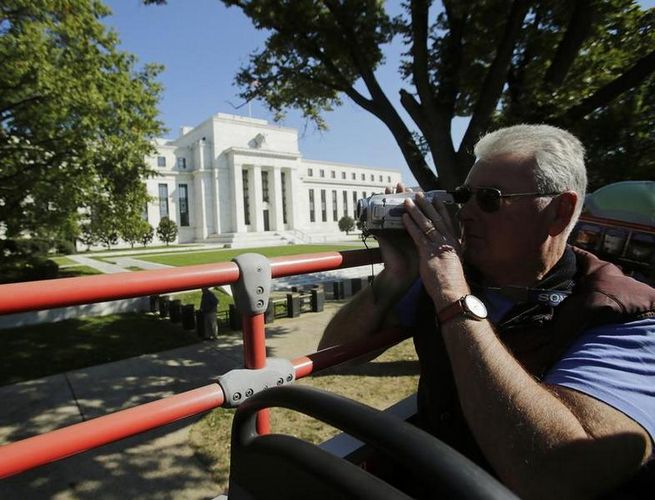
Divyang Shah, IFR Senior Strategist
Once again financial markets are focused on a temporary political agreement on the US government shutdown and debt ceiling. Budget battles in Washington have been used as an excuse by the market to shift expectations for the start of tapering to December or even Q1 2014. However, the risk is now that the Fed might not be able to taper until Q2 2014.
The lack of economic data and government shutdown mean that an October tapering is very unlikely and a December tapering seems increasingly less likely. Indeed, thus far the impact of the budget battles in Washington has been to allow consensus forecasts of tapering to be pushed out to early 2014. While the economic impact of the shutdown is so far limited, the longer the shutdown continues, and more importantly wrangling over debt limit persists, the more this will be seen as hitting corporate and household sentiment.
Pushing out the debt ceiling deadline by six weeks or six months will not help boost confidence or growth as we are simply left with another deadline on which to focus. The Fed will likely view a delayed debt limit deadline as sufficient from a risk management perspective to maintain QE at its US$85bn pace. The longer the shutdown/debt ceiling discussions persist, the more time it will take for the data to calm down and provide an accurate read on the economy and labour market.
The added factor to consider is that tapering will happen under a new Fed chairperson who has to:
1) improve communication as well as
2) reach an internal consensus on how to progress with tapering.
The soft patch and US government shutdown/debt ceiling provide the Fed with the breathing room to recalibrate tapering expectations. While our central scenario is for tapering to start in Q1 2014 the exact timing is likely to be a moving target and we must be cognisant of the risk that the Fed might not start the wind-down process for QE until Q2 2014.
